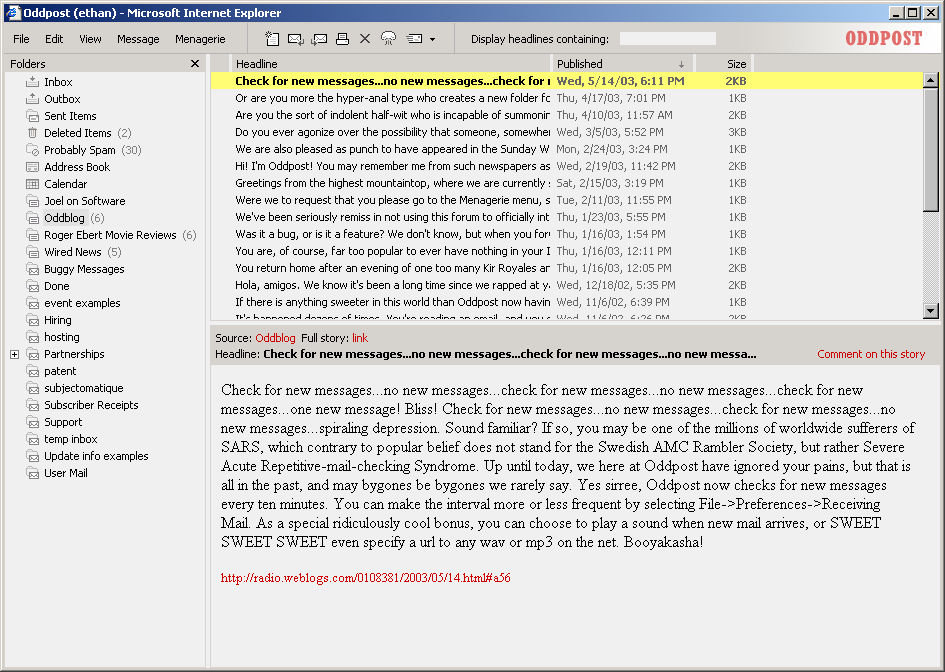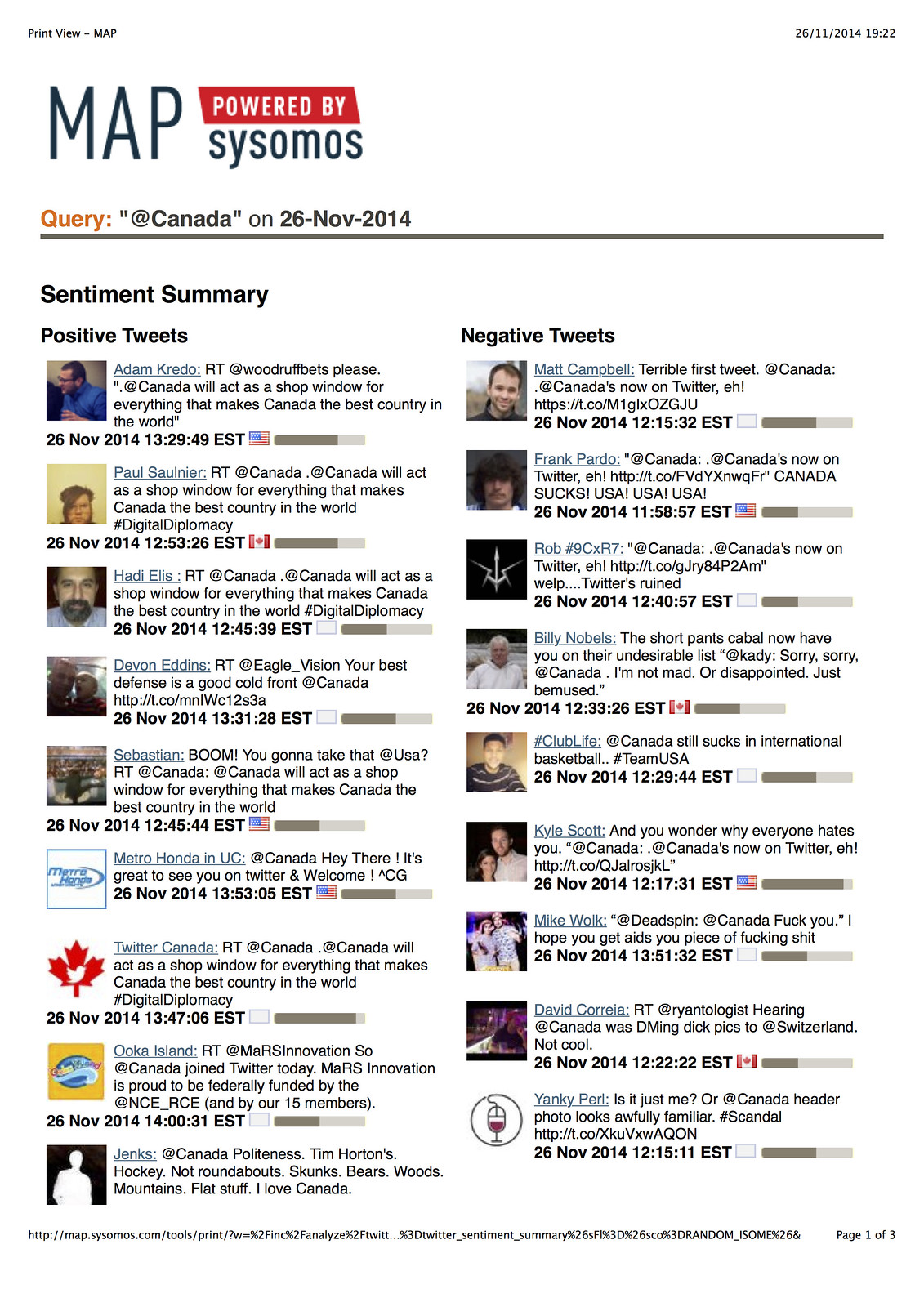How Qualcomm China Problems Could Hit Xiaomi – WSJ – likely to start Chinese device maker patent war. Qualcomm China problems are an example of China’s technology ambitions and China’s strategy of war by other means. Qualcomm China problems are likely to be the start of a gradual attempt at eroding Qualcomm’s innovation base. More on Qualcomm here.
Bristlr is a Dating Site for Beardy Blokes and the People What Love ‘Em | Lifehacker – interesting specialist social networks offer highly targeted marketing opportunities. Not sure having a beard is a passion that people can form around, if nothing else it will appeal to hipsters
A $30,000 smartphone with four wheels and a motor | Luxury Daily – interesting take on the modern car as a connected device that happens to be transportation
Google is funding “an artificial intelligence for data science” | GigaOM – there goes SkyNet. Which fits close to their own needs for search engine needs
Huawei and Inspur Electronics challenge Q3 server status quo • The Register – not terribly surprising post-Snowden. Inspur is winning a lot of high-end business from Chinese banks which will roll down their range as well
Google Drive now lets you edit Microsoft Office attachments right from Gmail | VentureBeat – works back to feature parity with iCloud and Office 365. But its nothing like editing a document in a proper desktop client
Bits Blog: China, a Fish Barrel for Cybercriminals | New York Times – using social engineering and the law of large numbers to commit fraud. WeChat also lends itself to fraud since its an app that can both message and send payments
RIP Clip Art: Microsoft axes yet another foundational piece of computing history | ExtremeTech – the move away from clip art reflects consumer behaviour but does it have IP implications beyond the saving made in not licensing bad drawings?



